Photography has long been a medium for self-expression, storytelling, and empowerment. Two styles that have gained popularity in recent years are intimate photography vs. boudoir photography. Though often used interchangeably, these genres have distinct characteristics that set them apart. Understanding the differences helps photographers, models, and clients make informed decisions about the type of shoot they desire.
This comprehensive guide explores the nuances of intimate photography vs. boudoir photography, their unique artistic approaches, and how to choose between them.
What is Intimate Photography?
Definition and Purpose
Intimate photography is an emotional and deeply personal genre that captures raw vulnerability. It focuses on a subject’s connection with themselves or a partner and conveys authentic emotions through soft, evocative imagery.
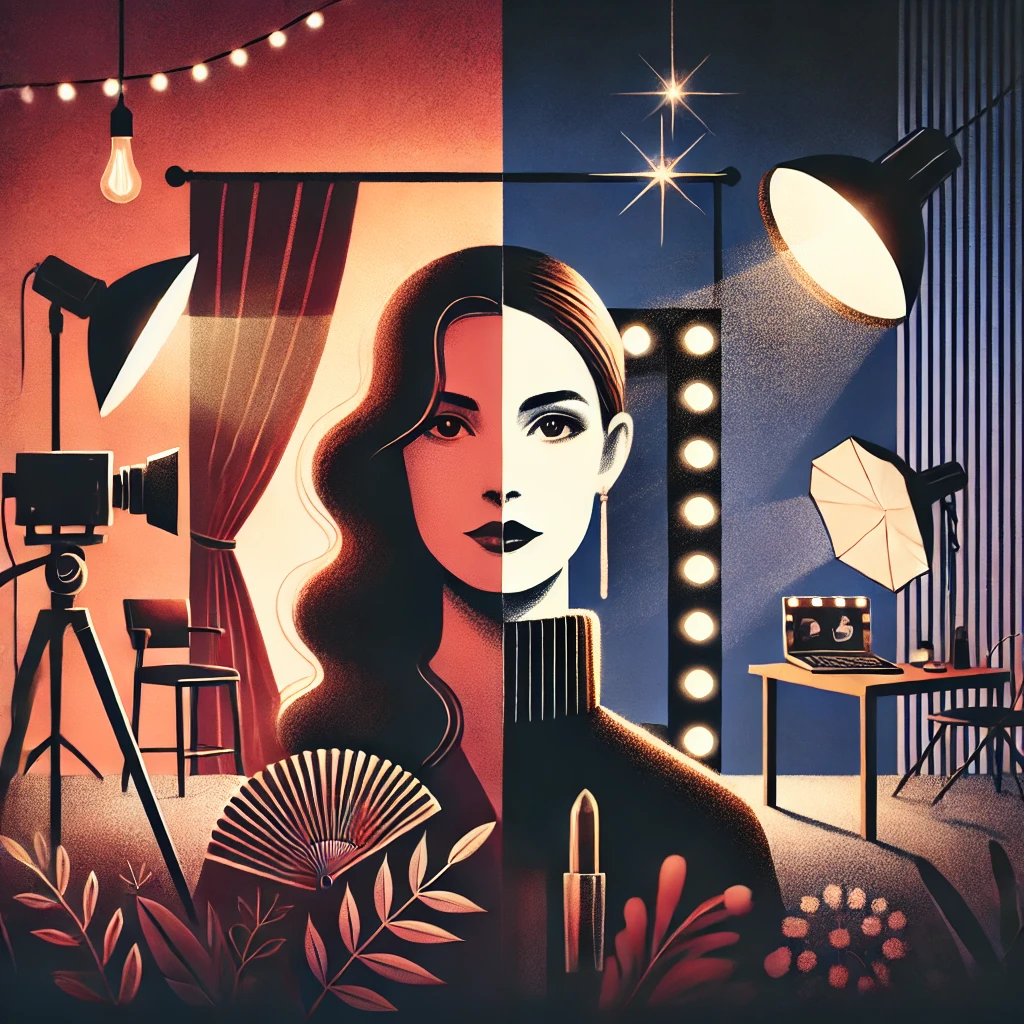
Emotional Depth and Storytelling
Unlike boudoir, intimate photography prioritizes storytelling over glamour. The photographer aims to capture the subject in moments of reflection, passion, or self-acceptance, resulting in images that feel deeply personal and organic.
Settings and Composition
- Typically shot in natural environments such as bedrooms, bathtubs, or outdoor retreats
- Utilizes soft, moody lighting to enhance emotion
- Minimal posing to encourage organic movements and expressions
- Often incorporates props like sheets, personal items, or natural elements
Who is Intimate Photography For?
- Individuals seeking a personal storytelling experience
- Couples who want to capture their connection in an artistic way
- Those looking to embrace their vulnerabilities and document their self-love journey
What is Boudoir Photography?
Definition and Purpose
Boudoir photography is a glamorous, confidence-boosting genre designed to celebrate sensuality. It blends fashion, portraiture, and fine art to create striking images that exude allure and empowerment.
The Glamour Element
Boudoir sessions often emphasize beauty, styling, and elegance. While intimate photography is more about emotion, boudoir is about self-expression through confident posing, wardrobe choices, and styling.
Settings and Composition
- Usually conducted in a studio or a styled bedroom setting
- Professional lighting setups to enhance contrast and highlight features
- Stronger emphasis on flattering poses that enhance body confidence
- Use of luxury elements such as lingerie, silk sheets, and statement jewelry
Who is Boudoir Photography For?
- Individuals celebrating milestones such as weddings or personal achievements
- Those who want a confidence-boosting experience
- Anyone seeking glamorous portraits that highlight their sensual side
Key Differences Between Intimate Photography and Boudoir
| Aspect | Intimate Photography | Boudoir Photography |
|---|---|---|
| Mood | Soft, emotional, vulnerable | Bold, confident, glamorous |
| Lighting | Natural or moody soft light | High-contrast, studio lighting |
| Posing | Minimal direction, natural movements | Structured posing to enhance figure |
| Wardrobe | Loose, minimal clothing, natural state | Lingerie, stylish outfits, accessories |
| Purpose | Emotional storytelling | Confidence-boosting and sensuality |
How to Choose Between Intimate and Boudoir Photography
- Identify Your Intentions: If you want an emotional, artistic shoot, intimate photography may be the best choice. For a polished and empowering experience, boudoir is ideal.
- Comfort Level: Consider what makes you feel comfortable and confident. Boudoir tends to be more staged, while intimate photography allows for natural moments.
- Photographic Style: Research different photographers and their portfolios to determine which style aligns with your vision.
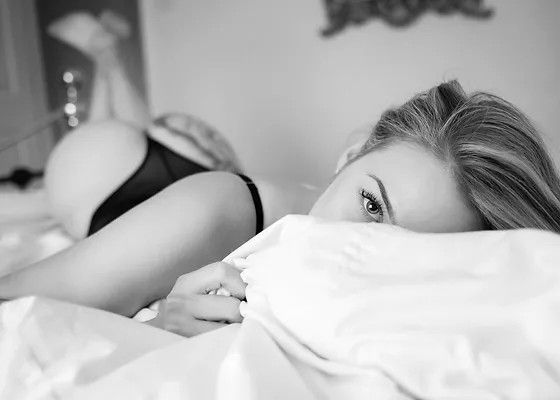
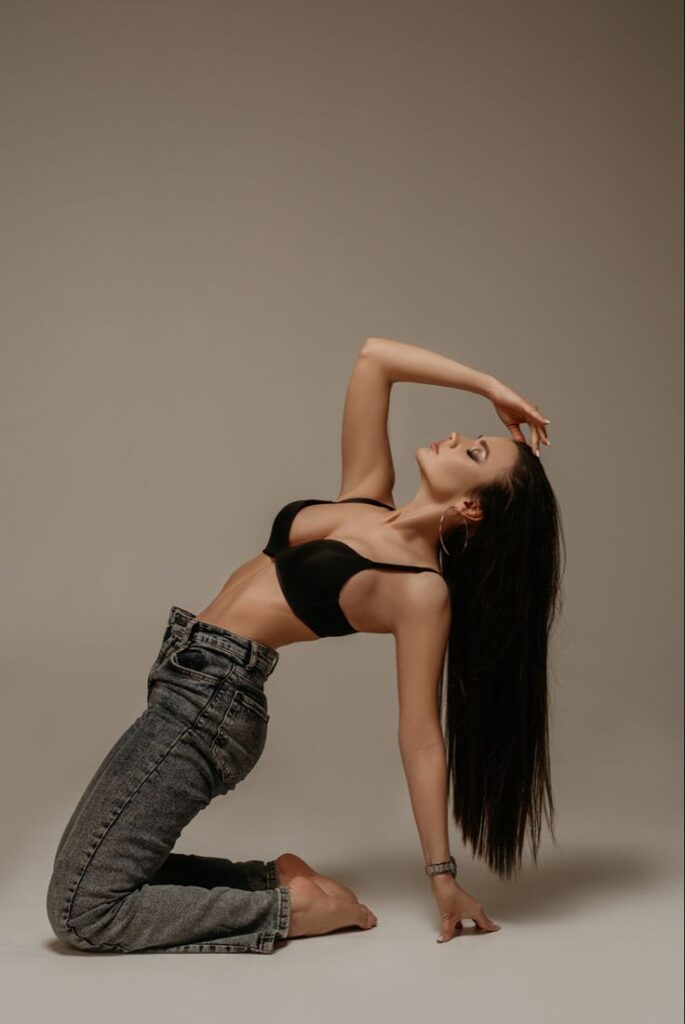
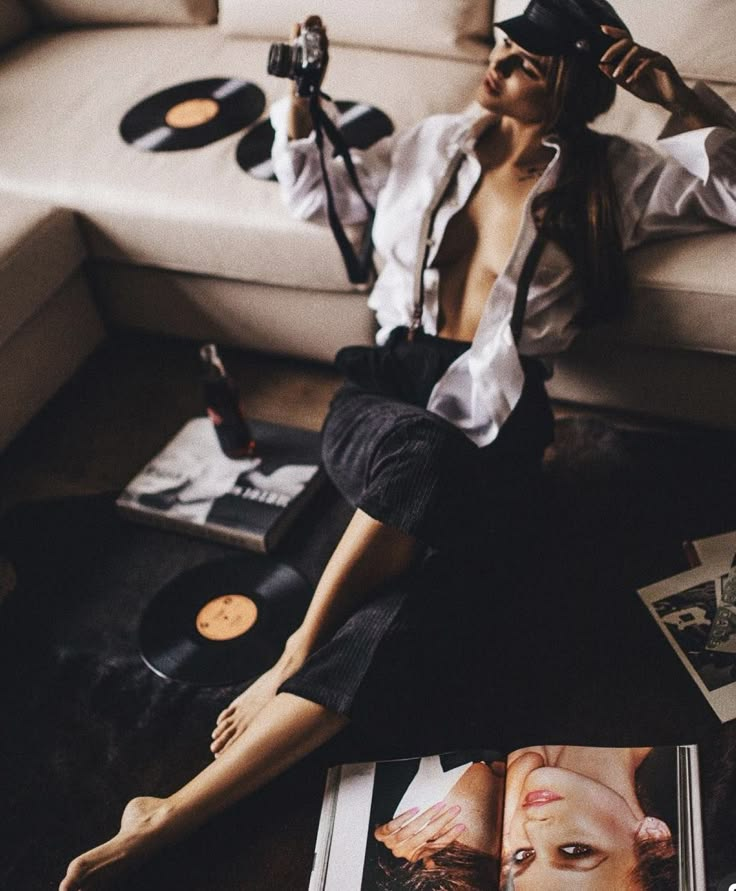
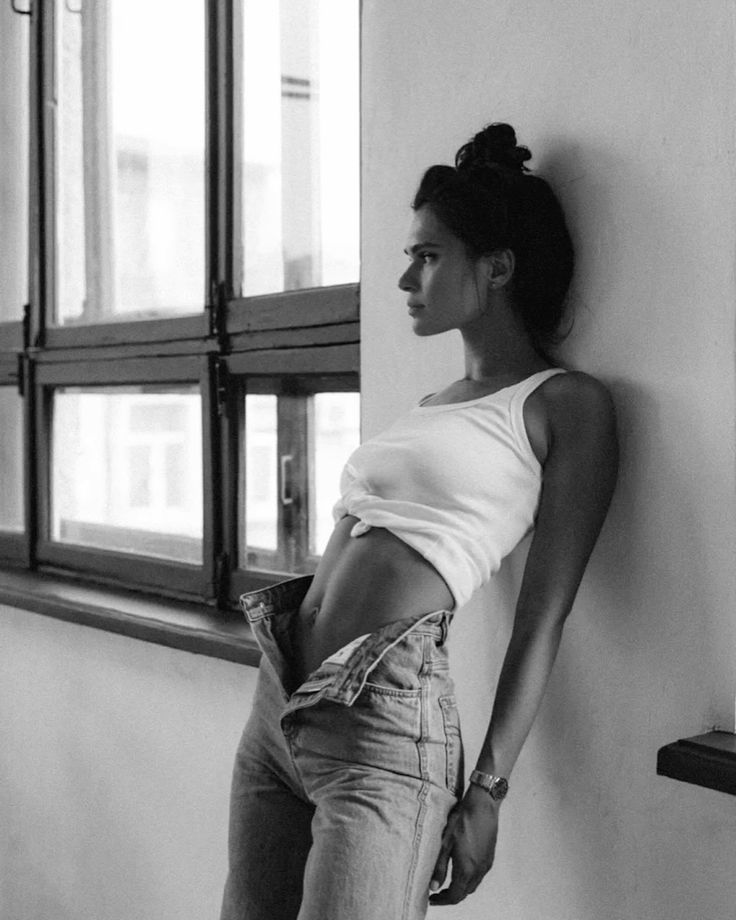
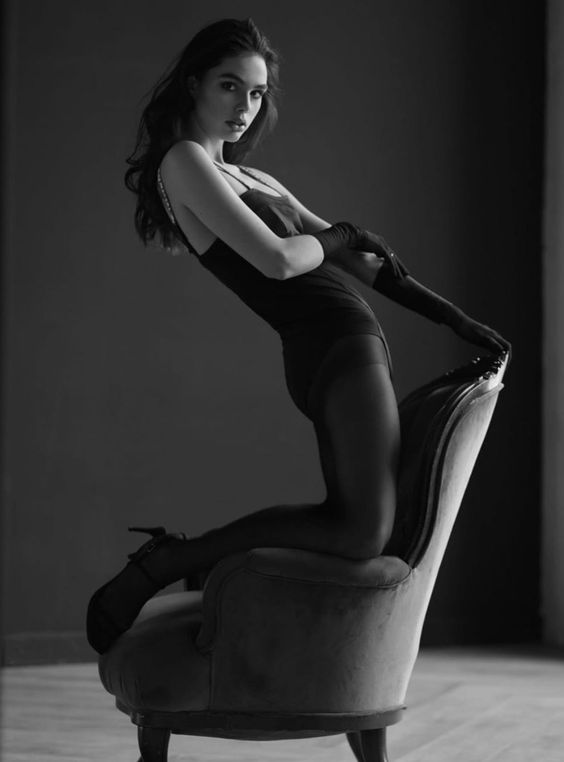
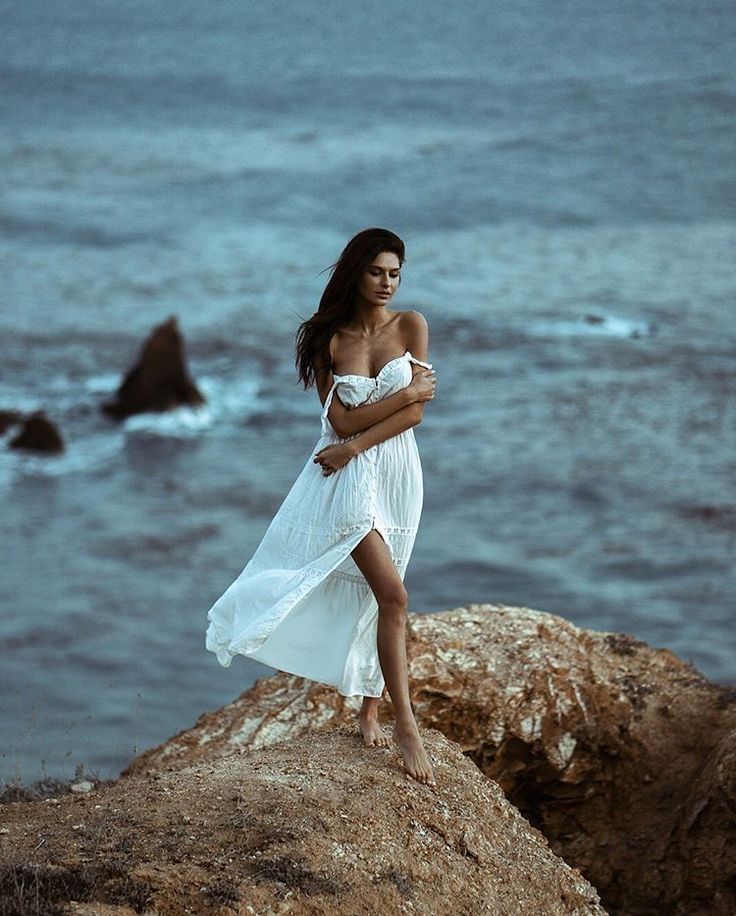
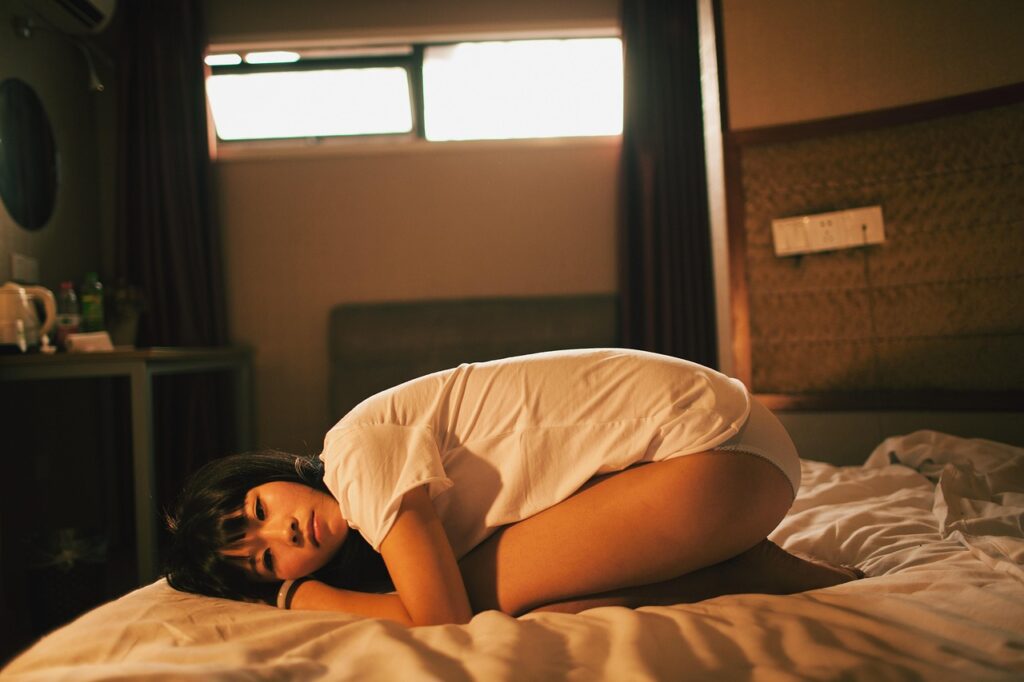
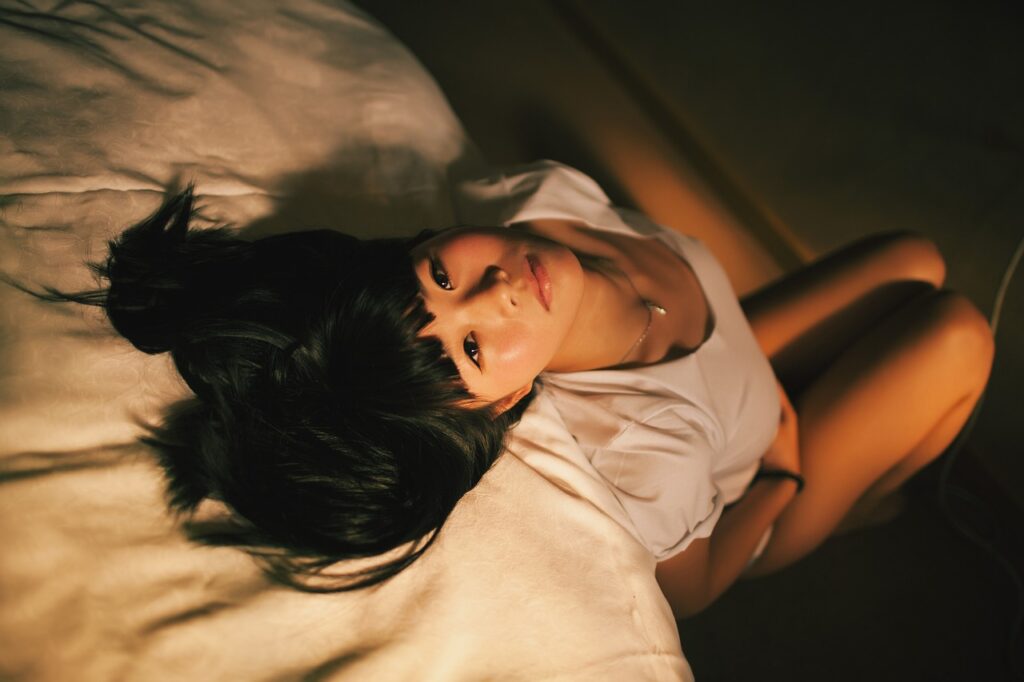
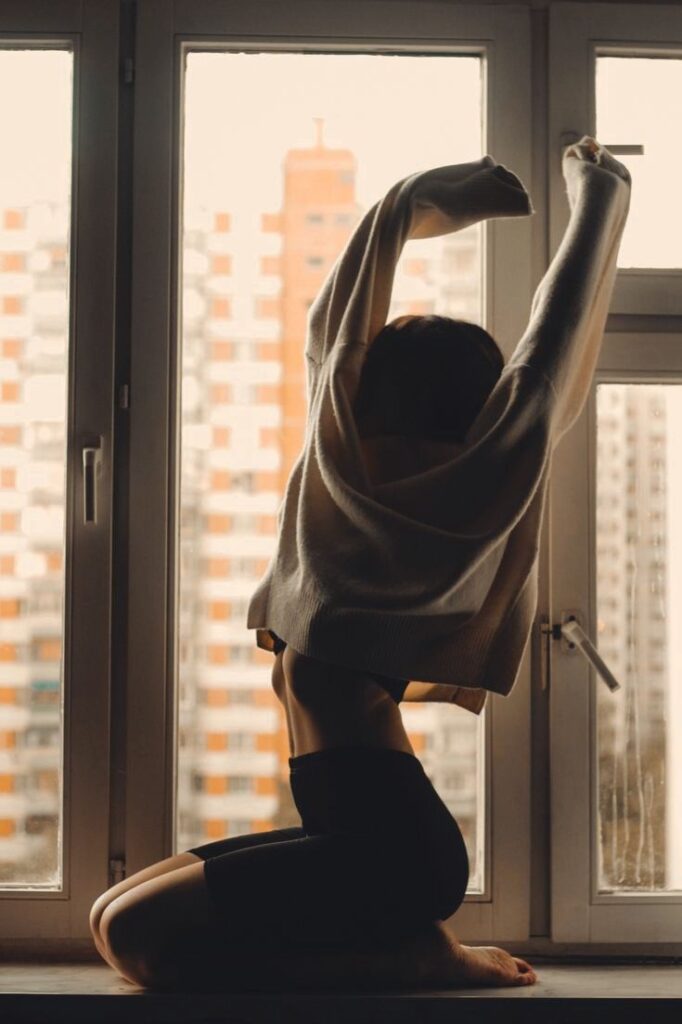
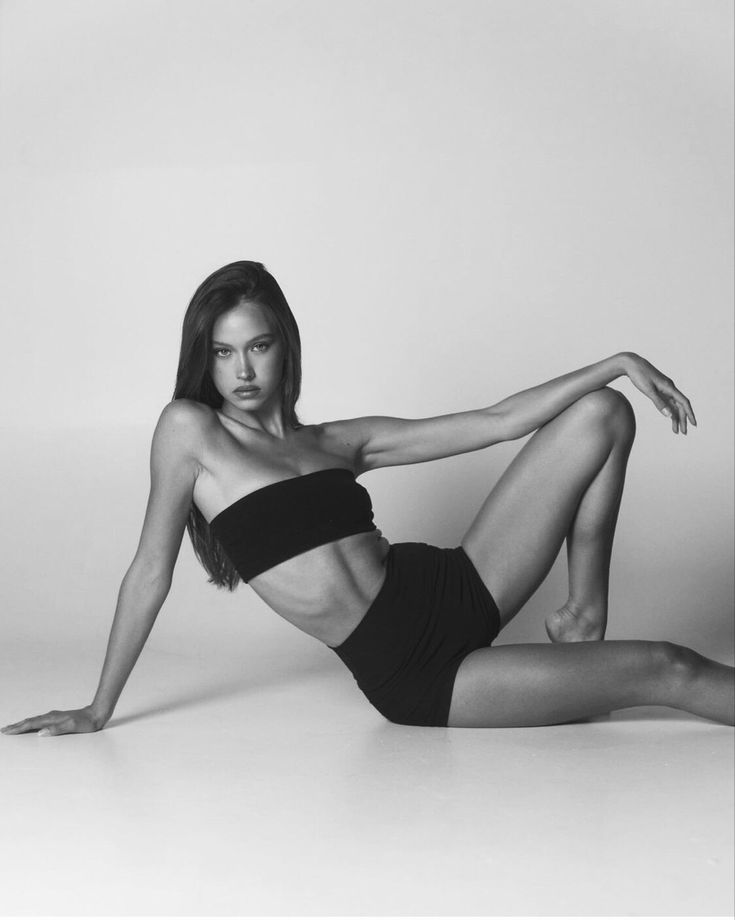
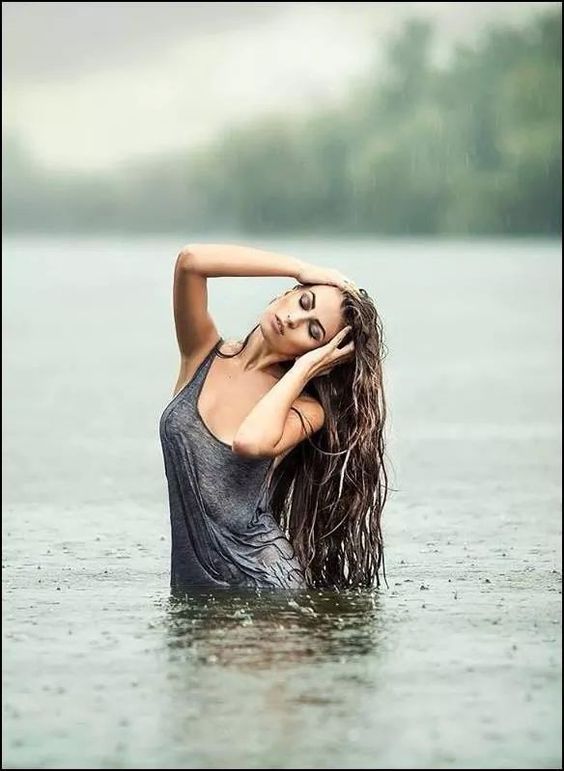
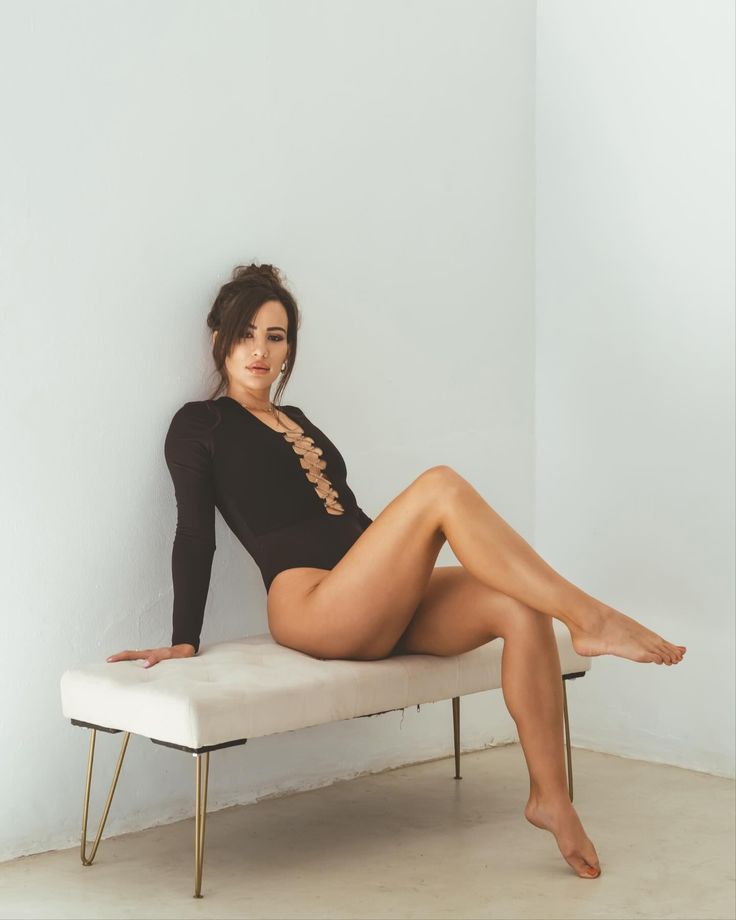
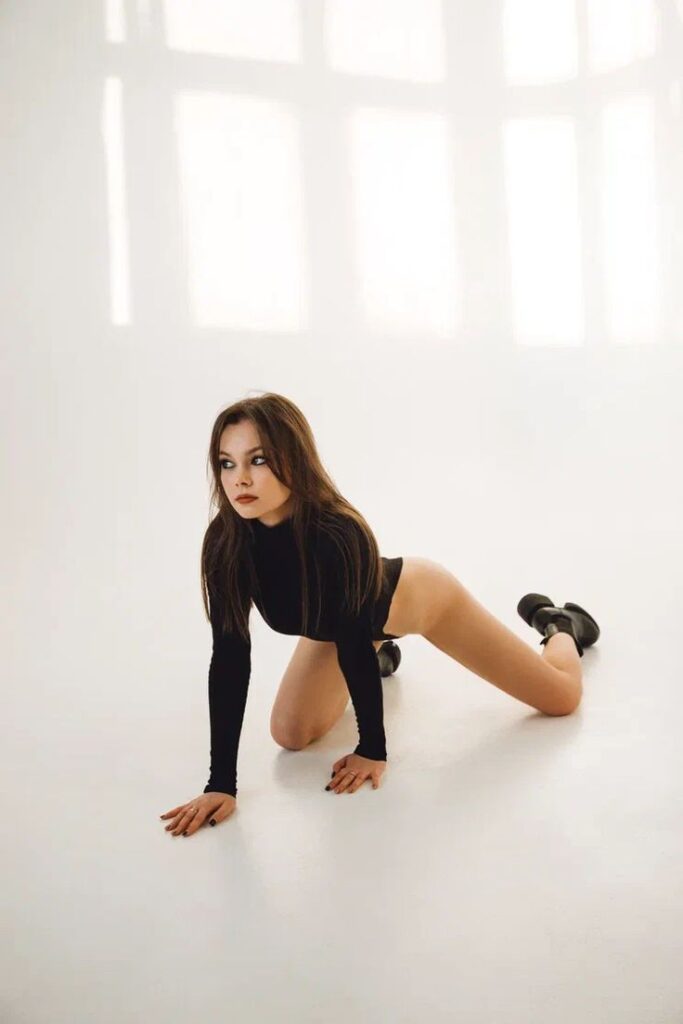
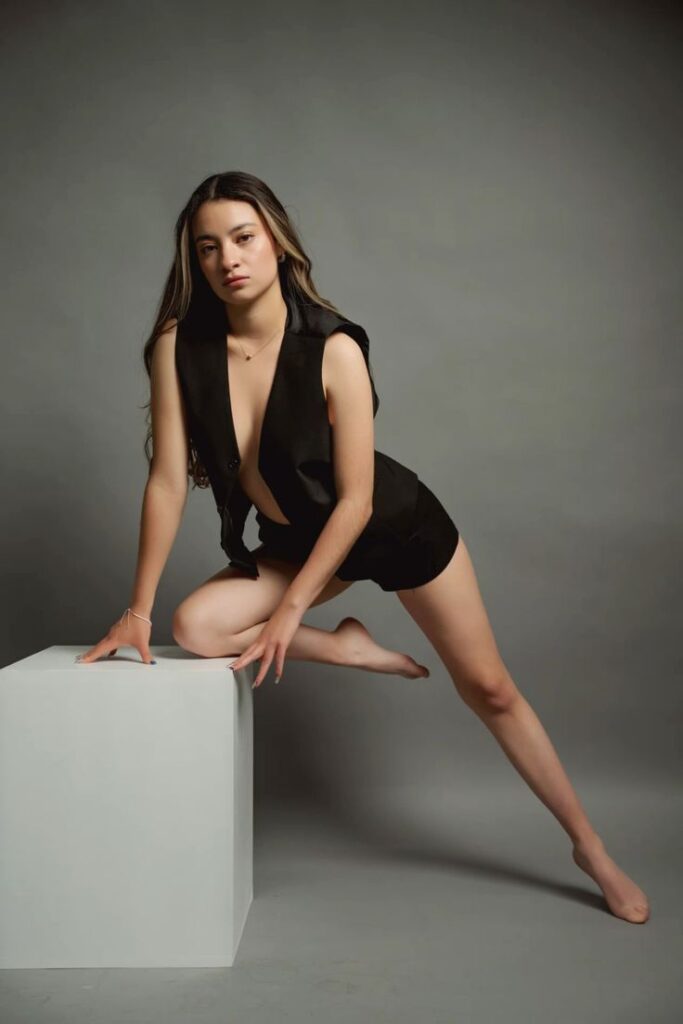
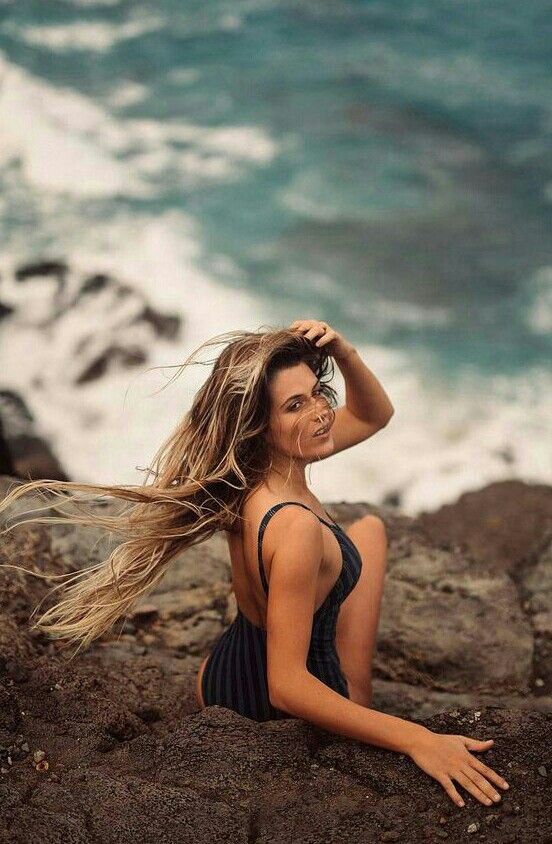
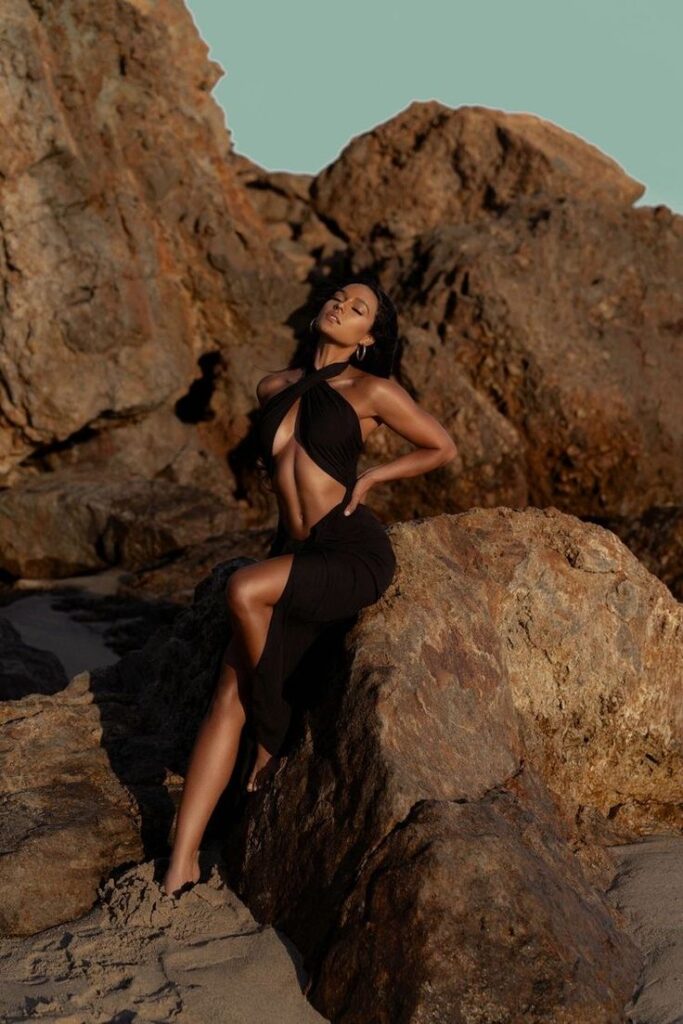
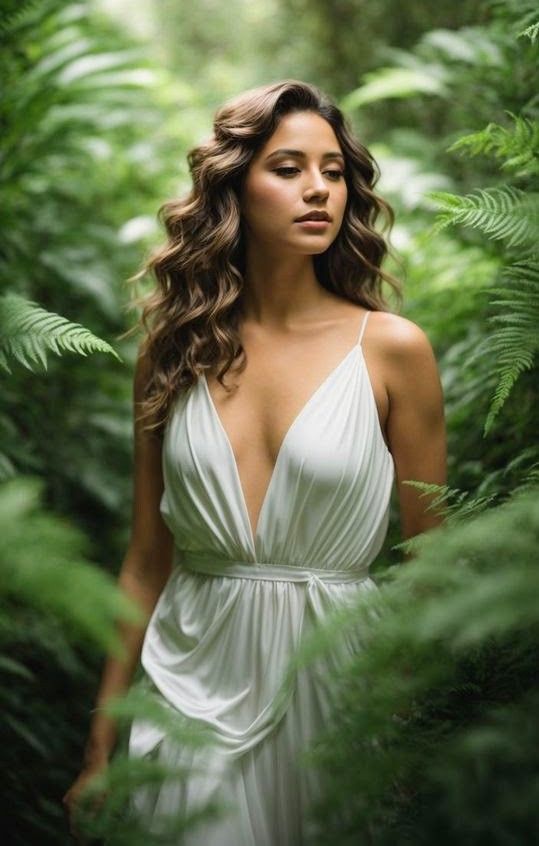
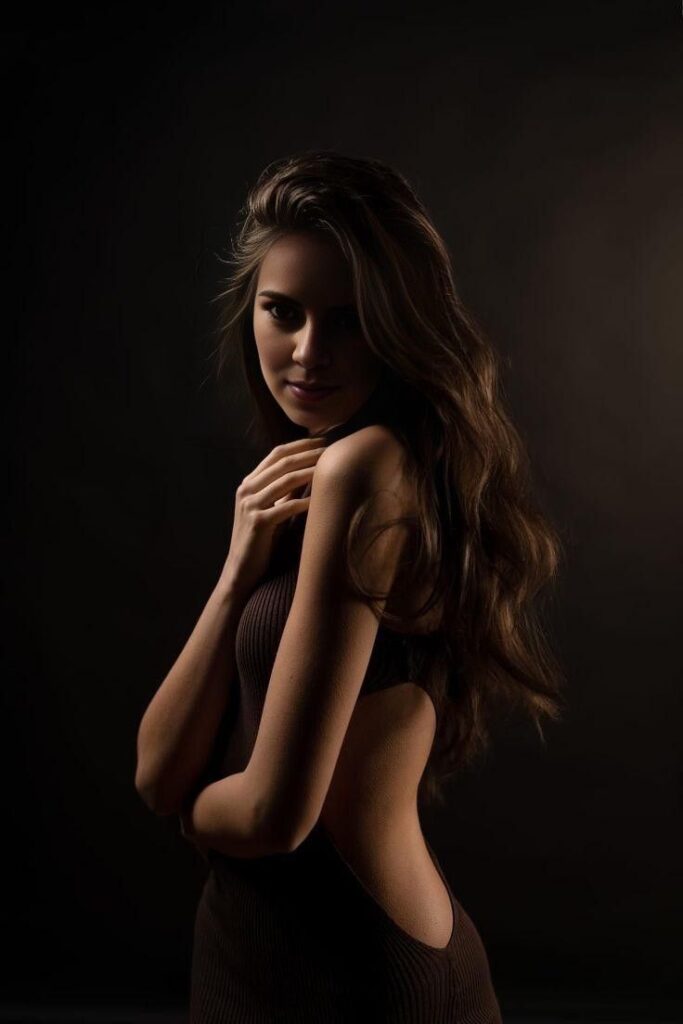
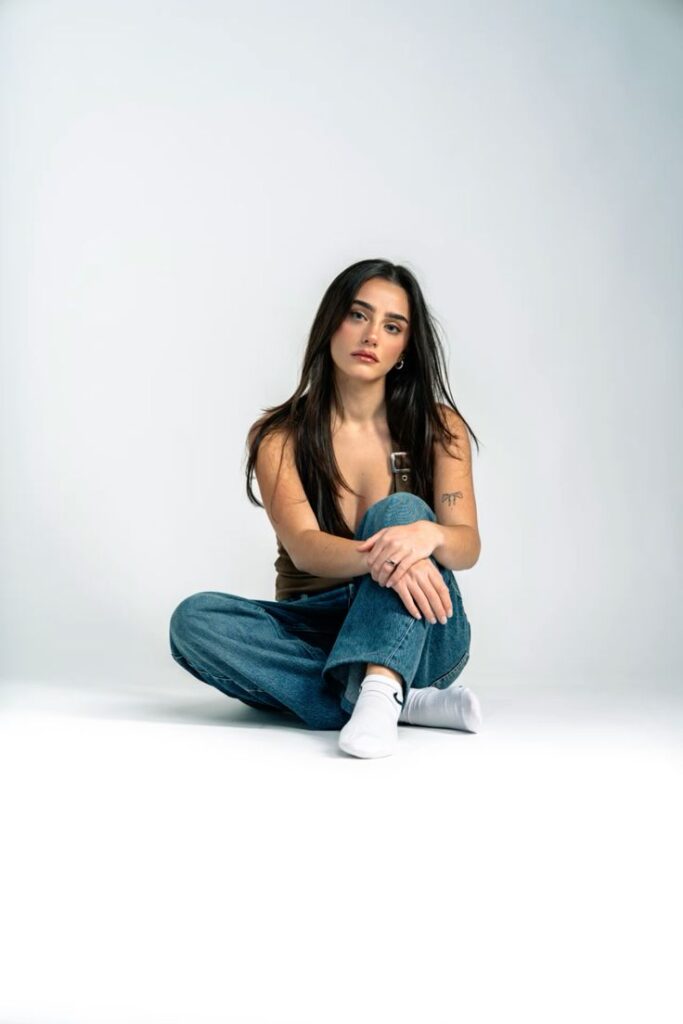
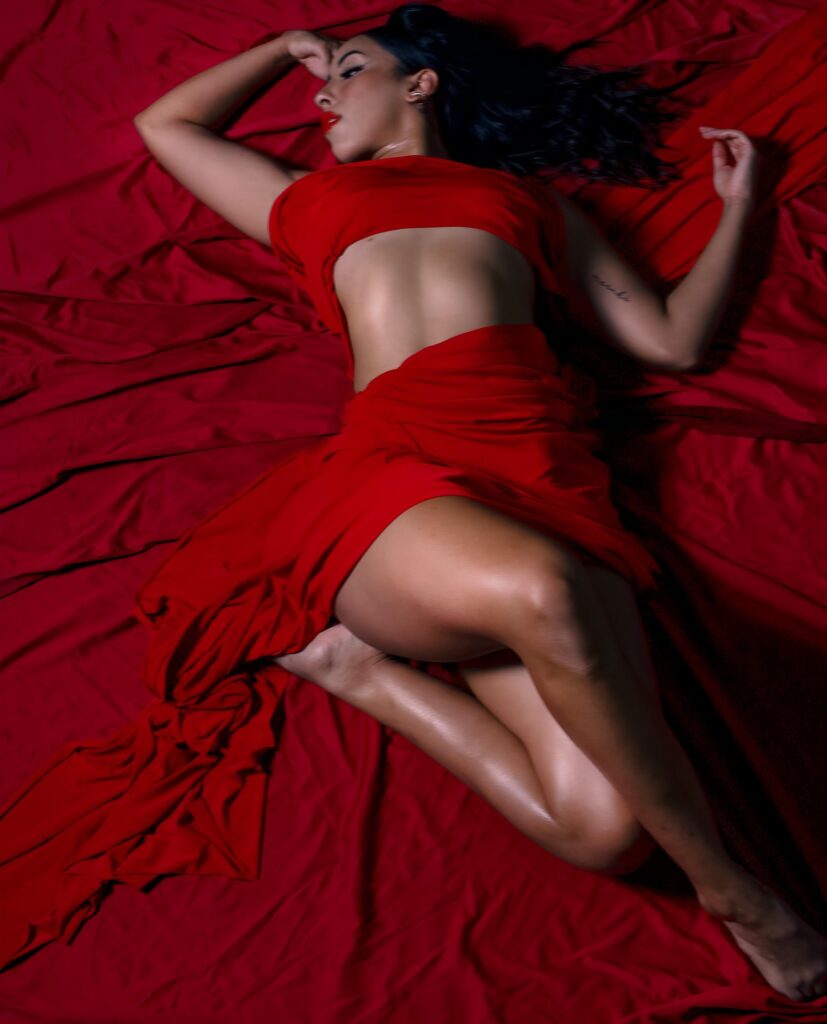
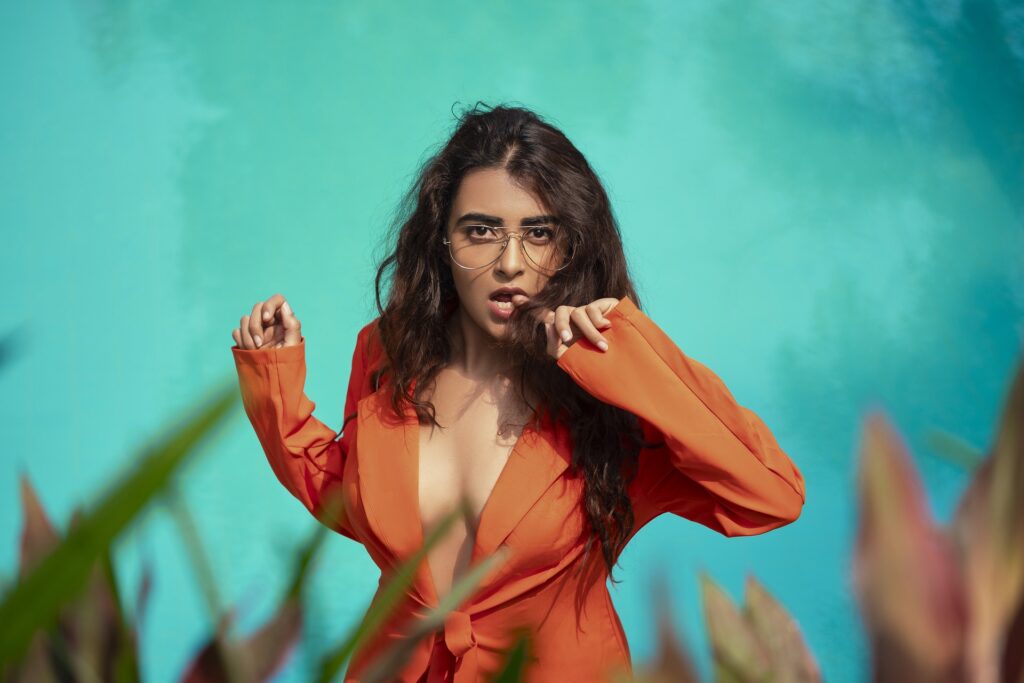
Best Lighting & Posing Techniques for Both Styles
Lighting Techniques
- Intimate Photography: Soft window light, golden-hour outdoor settings, candlelight
- Boudoir Photography: Studio lighting, dramatic side lighting, reflectors for highlights
Posing Tips
- Intimate Photography: Relaxed postures, natural movement, minimal styling
- Boudoir Photography: Arched backs, accentuated curves, confident expressions
Wardrobe & Styling Differences
- Intimate Photography: Loose fabrics, skin-exposing drapes, oversized shirts
- Boudoir Photography: Lingerie sets, heels, jewelry, styled hair and makeup
Creating a Comfortable Environment for Clients
- Build Trust: Communicate openly and provide guidance.
- Create a Safe Space: Encourage relaxation and self-expression.
- Offer Direction: Whether subtle or bold, provide posing cues to enhance confidence.
Editing and Post-Processing Differences
- Intimate Photography: Subtle retouching, warm tones, soft shadows
- Boudoir Photography: Airbrushed skin, contrast enhancement, vibrant colors
The Growing Popularity of These Photography Styles
- Social Media Influence: Platforms like Instagram and Pinterest showcase artistic expressions of both genres.
- Body Positivity Movement: More people are embracing their bodies through self-expressive photography.
- Professional Photography Growth: Demand for personalized and empowering photoshoots continues to rise.
Conclusion
Both intimate photography and boudoir photography offer unique experiences that celebrate beauty, confidence, and emotion. While intimate photography focuses on vulnerability and storytelling, boudoir photography empowers individuals through confident and glamorous imagery.
Choosing the right style depends on personal comfort, artistic vision, and the emotions you wish to capture. Whether seeking self-acceptance, celebrating a milestone, or embracing your sensuality, both styles provide transformative and memorable photography experiences.

Mobile Photography Hacks: Candid Moments with Your Phone

Professional Model & Portfolio Photoshoots: Show Your Best Work
-

Street Photography Tips, Effects & Poses – Complete Guide
-

Leica Q2 for Photography: Why It’s Loved by Photographers
Mobile Photography Hacks: Candid Moments with Your Phone
Discover high-impact mobile photography hacks to capture genuine, gorgeous candid moments with your phone. Learn practical tips, composition secrets, and pro techniques to turn everyday scenes into stunning visual stories. Introduction: The New Age of Mobile Photography Photography has evolved beyond heavy cameras, technical jargon, and expensive equipment. Today, the power to capture extraordinary moments
Professional Model & Portfolio Photoshoots: Show Your Best Work
” Discover how to plan, style, and execute stunning portfolio photoshoots that showcase your skills, personality, and versatility. This comprehensive guide covers professional tips, posing ideas, gear suggestions, and industry insights for models and photographers.” Introduction – Why Portfolio Photoshoots Are the Cornerstone of a Photographer’s Career A well-crafted portfolio photoshoot is more than a
Street Photography Tips, Effects & Poses – Complete Guide
Discover the ultimate guide to Street Photography with expert tips, creative effects, and dynamic poses. Learn how to capture authentic urban moments, master composition, and tell powerful visual stories through your lens. Article Outline 1. Introduction to Street Photography Street Photography is more than just taking pictures of people in public spaces — it’s about
Leica Q2 for Photography: Why It’s Loved by Photographers
Introduction: The Cult Status of the Leica Q2 The Leica Q2 is not just a camera—it’s a statement. Combining the heritage of German precision engineering with modern digital excellence, it holds a special place in the hearts of professional and passionate photographers alike. With its full-frame sensor, prime Summilux lens, and minimalist design, the Q2
Top Cameras Under ₹1 Lakh for Freelance Photography
Freelance photography is no longer a niche—it’s a booming creative profession that demands not only vision and hustle but also the right gear. Your camera isn’t just a tool; it’s your storytelling partner. If you’re a freelance photographer aiming to balance performance, versatility, and budget, investing in a cameras under ₹1 lakh can offer the
Top Features of Nikon D850 That Make It Ideal for Photoshoots
Explore the top features of the Nikon D850 that make it a powerhouse for photoshoots. From exceptional resolution to dynamic range, this detailed Nikon D850 guide is built for professional and aspiring photographers. 1. Introduction When Nikon launched the D850, it quickly earned a reputation as a flagship DSLR that redefined what photographers could expect





